The Finnish approach to early childhood music education has long been regarded as one of the most sophisticated and effective systems globally. At the heart of this pedagogy lies a profound understanding of how young children develop musicality, particularly in their formative years. For three-year-olds, the focus on rhythm cultivation isn't about strict tempo keeping or technical perfection - it's about awakening the innate musicality every child possesses through joyful, play-based experiences.
What makes Finland's method distinct is its seamless integration of music into the daily lives of preschoolers. Rather than treating rhythm as a separate skill to be drilled, Finnish educators weave rhythmic awareness into ordinary activities. Morning circle time might begin with a simple clapping game that mirrors the syllables of each child's name. Snack time could transform into an impromptu percussion session using cups and spoons. This organic approach stems from the fundamental belief that rhythm isn't just musical - it's the foundation of movement, language, and social connection.
The environment itself serves as the third teacher in Finnish music pedagogy. Walk into any early education center in Helsinki, and you'll notice carefully designed spaces that invite rhythmic exploration. Low shelves hold baskets of homemade shakers filled with different materials - rice, beans, pebbles - each producing distinct textures of sound. The floor might feature painted footstep patterns encouraging children to create movement sequences. Even the architecture contributes, with wooden ceilings that amplify the rich tones of small drums and xylophones.
Central to the philosophy is the concept of "embodied rhythm." Finnish experts emphasize that true rhythmic understanding develops when children feel patterns in their bodies before attempting to reproduce them externally. This explains why so many activities involve full-body movement - swaying like trees to a waltz, jumping like frogs to staccato notes, or rolling balls back and forth to maintain a steady pulse. Teachers often begin with gross motor movements before progressing to finer coordination tasks like finger snaps or tongue clicks.
Perhaps most revolutionary is how Finland has demystified musical expertise for early educators. Rather than requiring preschool teachers to be virtuoso musicians, the system trains them to become facilitators of musical discovery. A teacher might accompany rhythmic games with just a single drum or their own voice, demonstrating that sophisticated instruments aren't prerequisites for meaningful musical engagement. This accessibility ensures that high-quality rhythm education isn't confined to specialty programs but permeates every classroom.
The repertoire of songs and chants forms another pillar of the approach. Finnish educators carefully select material that aligns with three-year-olds' developmental capabilities - short, repetitive phrases with strong rhythmic contours. Many incorporate onomatopoeia and animal sounds, which naturally appeal to young children while reinforcing syllable awareness. The classic "Kakkarainen" rhythm game, for instance, uses nonsense syllables in increasingly complex patterns, challenging children's auditory memory while keeping the mood lighthearted.
Silence plays an equally important role as sound in cultivating rhythmic awareness. Finnish teachers intentionally create moments of stillness where children can anticipate when the next beat will come. This develops internal pulse - the ability to feel rhythm without external cues. A simple exercise might involve pausing midway through a familiar song, allowing the children to instinctively fill the gap with the correct rhythm when the music resumes.
Parental involvement receives special attention in the Finnish model. Rather than formal practice assignments, educators provide families with ideas for incorporating rhythm into home routines. A lullaby might include gentle knee-bouncing to establish steady beat. Getting dressed could become a call-and-response game using the rhythm of clothing names. This approach removes pressure while creating natural musical bonding moments. Many Finnish homes feature a "music corner" with basic instruments always accessible rather than reserved for special occasions.
Assessment in this system bears little resemblance to traditional testing. Teachers observe how children respond to rhythmic cues during free play - whether they spontaneously match their building block taps to a classmate's drumming or adjust their running pace to match a changing tambourine tempo. Progress is measured in these organic demonstrations of rhythmic internalization rather than performance metrics. The focus remains firmly on each child's individual musical journey rather than comparison to arbitrary standards.
Recent neuroscience research has validated many aspects of Finland's approach. Studies show that the types of cross-lateral movements emphasized in Finnish rhythm activities promote neural connectivity between brain hemispheres. The emphasis on pulse synchronization aligns with findings about how rhythmic competency supports language development and even mathematical reasoning. Perhaps most significantly, the joyful, stress-free environment Finland creates appears to optimize the brain's receptivity to musical learning during this critical developmental window.
As Western education systems increasingly prioritize academic rigor at ever-younger ages, Finland's rhythmic approach offers a compelling alternative. Their success demonstrates that foundational musical skills develop most effectively not through formal instruction, but through play, exploration, and the natural rhythms of childhood itself. The results speak for themselves - not in the form of prodigies, but in generations of Finns who grow up with music as a natural means of self-expression and connection.
The underlying message is profound yet simple: rhythm isn't something we teach children as much as it's something we allow them to discover within themselves. By creating environments rich in musical possibility and then stepping back to let children lead their own exploration, Finnish educators have developed what may be the world's most effective - and humane - system for nurturing young children's rhythmic development.
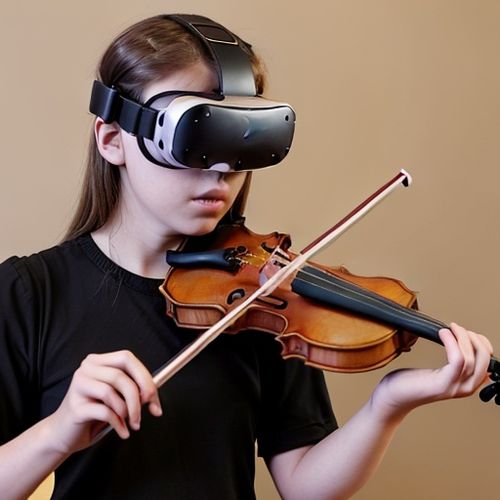
By Olivia Reed/Apr 13, 2025
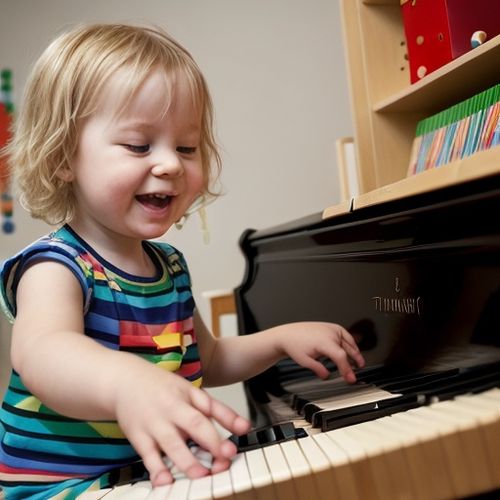
By William Miller/Apr 13, 2025

By Amanda Phillips/Apr 13, 2025
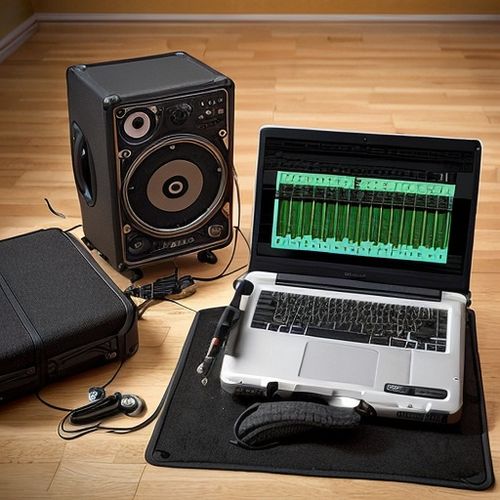
By Megan Clark/Apr 13, 2025

By Joshua Howard/Apr 13, 2025
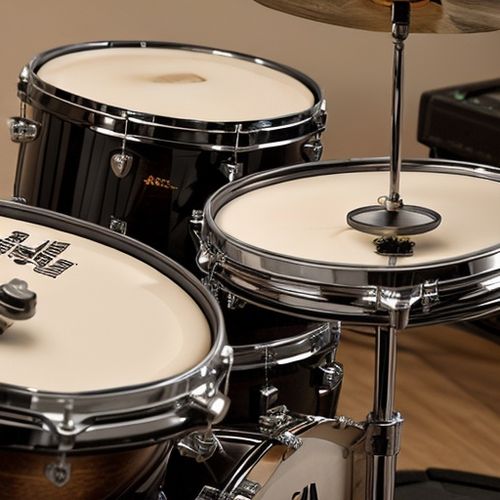
By Samuel Cooper/Apr 13, 2025

By Elizabeth Taylor/Apr 13, 2025
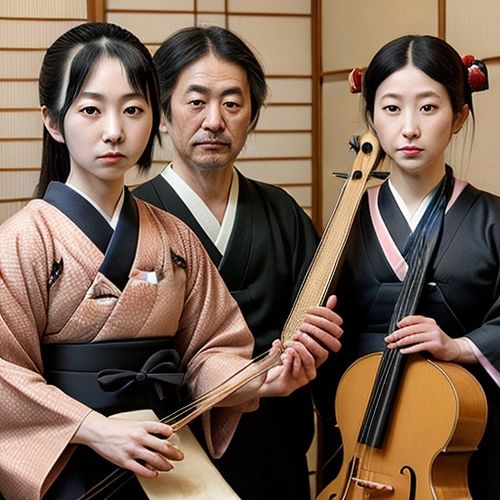
By Eric Ward/Apr 13, 2025

By Emma Thompson/Apr 13, 2025
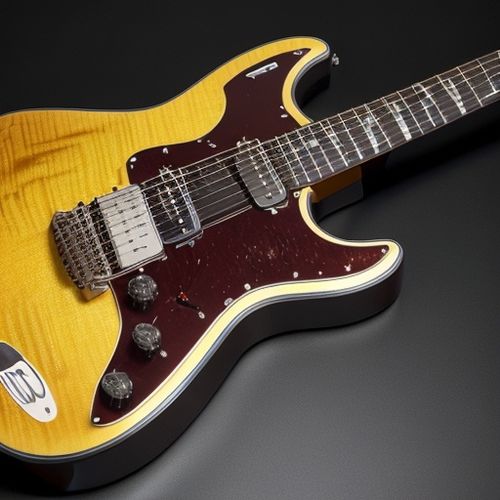
By Noah Bell/Apr 13, 2025
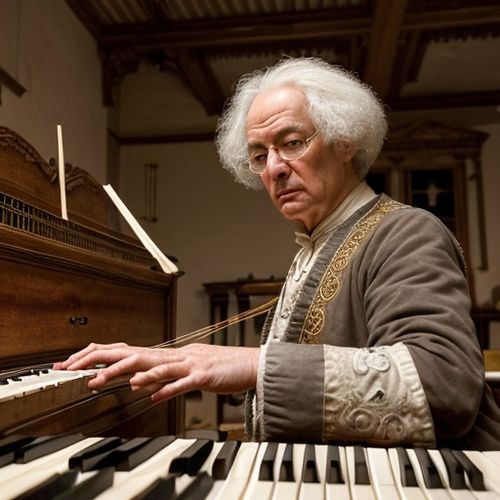
By Sarah Davis/Apr 13, 2025
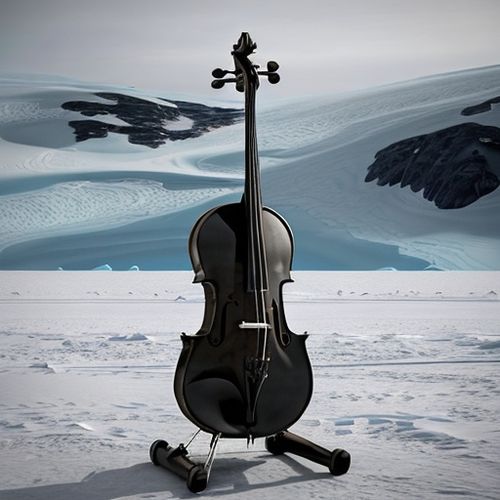
By Eric Ward/Apr 13, 2025

By Daniel Scott/Apr 13, 2025
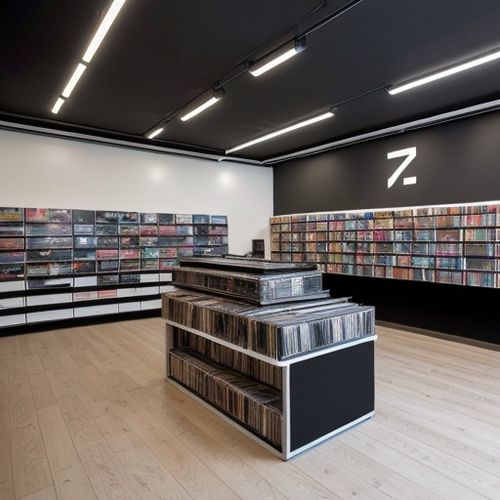
By Benjamin Evans/Apr 13, 2025

By Elizabeth Taylor/Apr 13, 2025
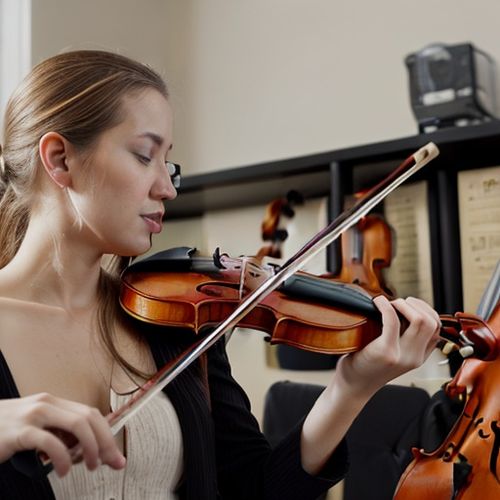
By Grace Cox/Apr 13, 2025

By Megan Clark/Apr 13, 2025

By Benjamin Evans/Apr 13, 2025

By Thomas Roberts/Apr 13, 2025

By Sarah Davis/Apr 13, 2025